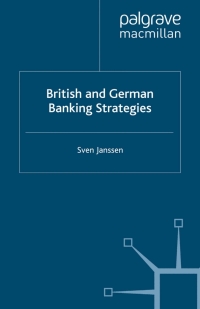
Malkin Company has three divisions (R, S, and T), organized as decentralized profit centres. Division R produces the basic chemical Ranbax (in multiples of 1,000 pounds) and transfers it to Divisions S and T. Division processes Ranbax into the final product Syntex, and Division T processes Ranbax into the final product Termix. No material is lost during processing. Division R has no fixed costs. The variable cost per pound of Ranbax is $0.21. Division R has a capacity limit of 10,000 pounds. Divisions S and T have capacity limits of 4,000 and 6,000 pounds, respectively. Divisions S and T sell their final product in separate markets. The company keeps no inventories of any kind. The cumulative net revenues (i.e., total revenues - total processing costs) for divisions S and T at various output levels are summarized below. (Click the icon to view the cumulative net revenues.) Required Requirement 1. Suppose there is no external market for Ranbax. What quantity of Ranbax should the Malkin Company produce to maximize overall income? How should this quantity be allocated between the two processing divisions? Malkin should produce pounds of Ranbax. They should allocate pounds of Ranbax to Division S and [ pounds of Ranbax to Division T. Requirement 2. What range of transfer prices will motivate Divisions S and T to demand the quantities that maximize overall income as determined in requirement 1), as well as motivate Division R to produce the sum of those quantities? (Enter the amounts in ascending order.) The transfer price must lie between $ and $[ Requirement 3. Suppose that Division R can sell any quantity of Ranbax in a perfectly competitive market for $0.39 a pound. To maximize Malkin's income, how many pounds of Ranbax should Division R transfer to Divisions S and T, and how much should it sell in the external market? Malkin should produce pounds of Ranbax. They should allocate pounds of Ranbax to Division S, pounds of Ranbax to Division T, and pounds to Malkin Company has three divisions (R, S, and T), organized as decentralized profit centres. Division R produces the basic chemical Ranbax (in multiples of 1,000 pounds) and transfers it to Divisions S and T. Division processes Ranbax into the final product Syntex, and Division T processes Ranbax into the final product Termix. No material is lost during processing. Division R has no fixed costs. The variable cost per pound of Ranbax is $0.21. Division R has a capacity limit of 10,000 pounds. Divisions S and T have capacity limits of 4,000 and 6,000 pounds, respectively. Divisions S and T sell their final product in separate markets. The company keeps no inventories of any kind. The cumulative net revenues (i.e., total revenues - total processing costs) for divisions S and T at various output levels are summarized below. (Click the icon to view the cumulative net revenues.) Required Requirement 1. Suppose there is no external market for Ranbax. What quantity of Ranbax should the Malkin Company produce to maximize overall income? How should this quantity be allocated between the two processing divisions? Malkin should produce pounds of Ranbax. They should allocate pounds of Ranbax to Division S and [ pounds of Ranbax to Division T. Requirement 2. What range of transfer prices will motivate Divisions S and T to demand the quantities that maximize overall income as determined in requirement 1), as well as motivate Division R to produce the sum of those quantities? (Enter the amounts in ascending order.) The transfer price must lie between $ and $[ Requirement 3. Suppose that Division R can sell any quantity of Ranbax in a perfectly competitive market for $0.39 a pound. To maximize Malkin's income, how many pounds of Ranbax should Division R transfer to Divisions S and T, and how much should it sell in the external market? Malkin should produce pounds of Ranbax. They should allocate pounds of Ranbax to Division S, pounds of Ranbax to Division T, and pounds to







